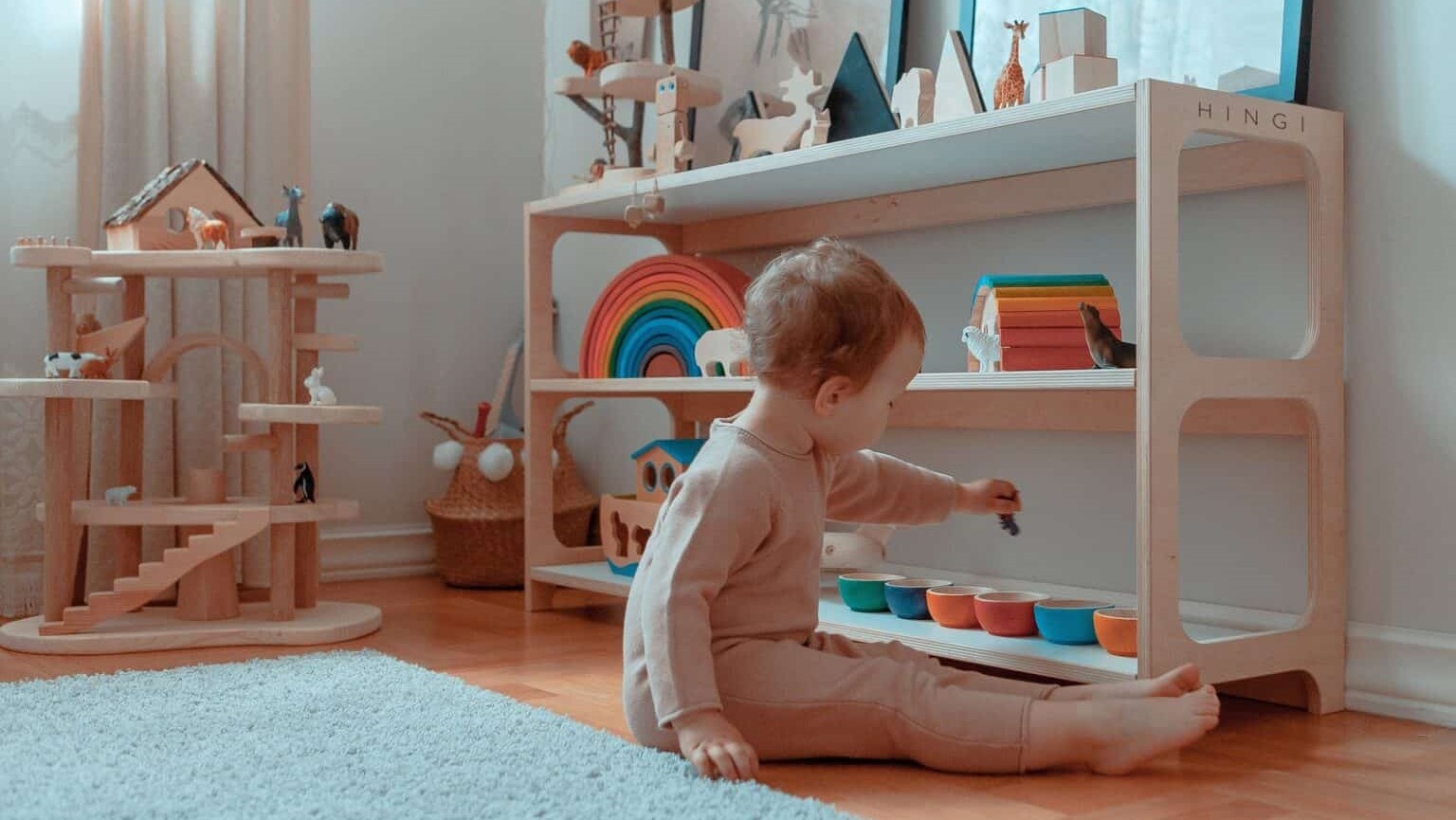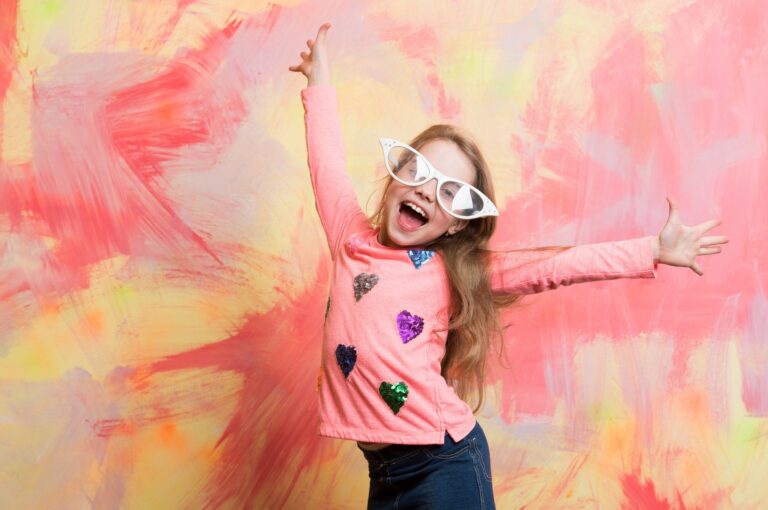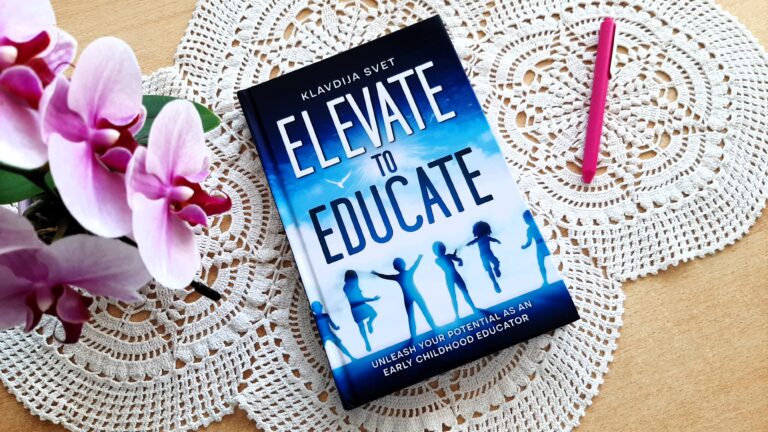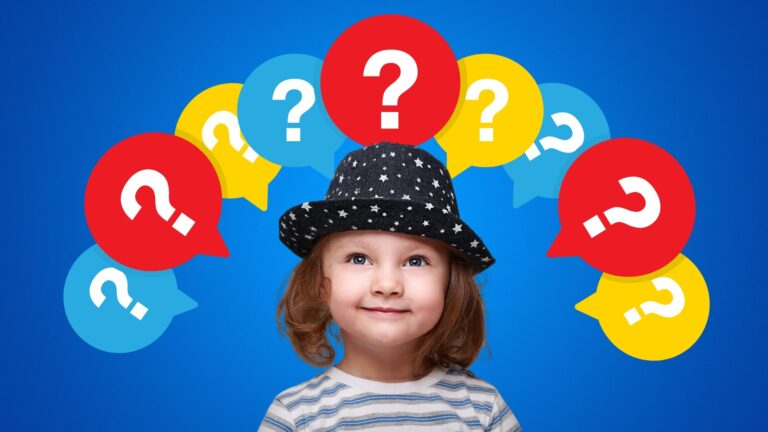How to Improve Executive Function Skills?
Before answering this question let us first define the best early childhood education elements based on recent scientific studies. Beside offering loving connections and responsive caregiving the most effective thing you can do for your children’s education is to thoughtfully prepare their environment. From an early age children are learning how to learn. We make the most impact by helping them develop healthy learning habits such as concentration, focused perseverance, problem solving, creativity and love of learning. These habits are early building blocks in a set of skills researchers call executive function.
Executive function is what allows us to meet goals while managing our thoughts, emotions and behavior. It is a better predictor of academic success than IQ as well as a predictor of long-term income, well-being and health.
Good learning environment
As Zahra explains in her talk good learning environments are proven to help children establish executive function skills which will serve them throughout their lives. Preparing a learning environment that is inviting and rich with experiences does not have to be complicated. It starts with a low shelf and few toys. In fact, more toys does not equal more learning. Just like an adult who finds it hard to focus on work when their office and desk are a mess, a child feels overwhelmed by an overflowing play area. Research shows that adults function better in orderly environments and the same applies to children. Displaying a few good options on a low shelf and rotating them as needed will allow even a baby who is not yet walking to independently choose the toy they want and concentrate without distractions.
If you want children to be actively engaged during play choose toys that are baby powered not battery powered. Electronic toys with sounds and lights can put your children into the passive mode, pushing a button and waiting to be entertained. Simple wooden toys on the other hand need a child to activate them, so they naturally invite engagement and creativity. Keep in mind that if you place both electronic and non-electronic toys on the same shelf it is like offering the child a plate with junk food and brain food side-by-side.
“The best way to encourage healthy choices is to curate good learning environment.”
Beyond toys we can create opportunities throughout our classroom for children to exercise their executive function skills by hanging low hooks for their hats and jackets and providing a mirror at eye level so they can actively participate in dressings and caring for themselves.
Observing children in their environment will allow you to present the appropriate level of challenge to stretch their skills. Not so little that they are bored and not so much that they give up. By setting children up in this optimal level of challenge and offering help only when needed cultivates perseverance and problem solving.
After we have prepared the environment it is important to view it not as our masterpiece but as a work in progress. Observing children closely will help you to see when the environment must be adopted to meet their changing needs. The only way we can observe clearly is if we are approaching children with curiosity rather than expectations which brings us to the most important element of children’s environment: their caregivers. The most influential form of education is modeling from adults. We are showing children what it means to be human. If we want them to love learning we can model our excitement to explore and discover with them. If we want them to be kind they need to see our acts of kindness.
If we thoughtfully prepare these types of learning environments for children it will allow them to maximize their potential for the future and subsequently the future potential of the world as a whole.

Elevate your teaching skills and stay ahead of the curve! Receive our monthly Insights, packed with professional development opportunities, classroom inspiration, and the latest trends in education. Don’t miss out on the chance to take your teaching to the next level. Subscribe now!







